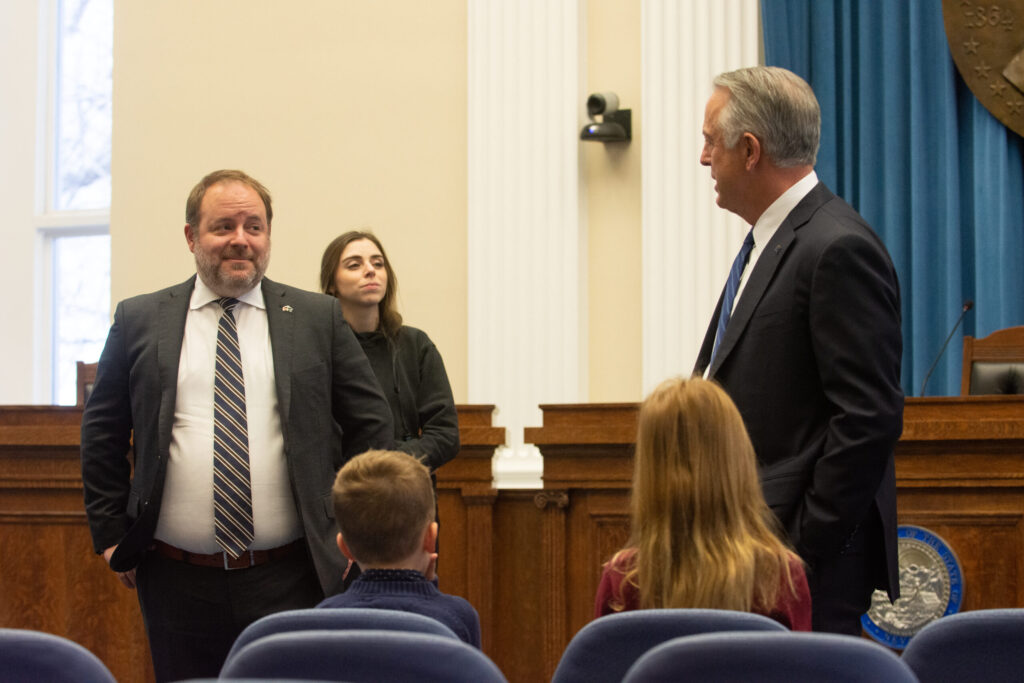Nevada governor, treasurer clash over state funds to support SNAP during shutdown
Summary
With federal SNAP funding set to stop on 1 November, Nevada’s governor, Joe Lombardo (R), and State Treasurer Zach Conine (D) are publicly at odds over whether the state can or should use state funds to keep benefits flowing. Roughly 500,000 Nevadans rely on SNAP; the programme costs about $90 million per month. Lombardo says legal and regulatory barriers — and the need for legislative action — prevent an immediate state-funded replacement, while Conine argues the state must explore creative options, including tapping the $1.2 billion Rainy Day Fund. Email records show the governor’s office initially included Conine in federal conversations but later restricted his communications with SNAP vendors. Federal USDA guidance reportedly barred Nevada from transmitting SNAP data to create emergency cash payments or sharing files with third-party vendors, complicating proposed fixes. Lombardo has directed agencies and potentially the National Guard to bolster food-bank support; Conine warns of immediate economic losses if benefits stop.
Key Points
- SNAP benefits for about 500,000 Nevadans are at risk on 1 November as federal funding lapses; the programme costs ~ $90 million per month.
- Gov. Lombardo says state law and federal regulations mean establishing a state-run replacement would take months and likely require legislative authorisation.
- State Treasurer Conine has pushed for ‘state-based solutions’ and pointed to the $1.2 billion Rainy Day Fund as a potential resource.
- USDA officials told Nevada it cannot transmit SNAP household files to create an emergency cash programme or share those files with EBT vendors, limiting some proposed workarounds.
- Email records show Conine was initially included in federal conversations but later told to step back from vendor communications by the governor’s office.
- Lombardo’s office says it extended other aid (a $7.3m extension for the women/infant food assistance programme) and will expand support for food banks and community partners, possibly using the National Guard.
- Conine estimates an immediate $162 million hit to state economic output if November benefits stop; a continued shutdown into December could double that impact to $324 million.
Context and relevance
This dispute matters because it concerns basic food security for roughly one in six Nevadans and has near-term economic consequences for local businesses and communities that depend on SNAP spending. It also highlights the friction between state executive and elected fiscal officers during crises: legal interpretations of federal rules, control over communications with vendors, and who can legally move funds all shape what the state can practically do. The situation mirrors actions in other states (Virginia, Hawaii, Colorado) that have pursued differing temporary fixes, so Nevada’s approach will be watched as an example of state-level problem-solving under federal constraint.
Why should I read this?
Because half a million people could literally run out of food cards on 1 November — and this piece tells you who’s pointing fingers, what the real roadblocks are, and how close Nevada is to any fix. Quick, important and about as practical as it gets: read it so you know whether to expect help or a scramble.
Author style
Punchy — this is a high-stakes, timely political standoff with real human consequences. If you care about governance, budget decisions or food security in Nevada, the details here are worth the read.
